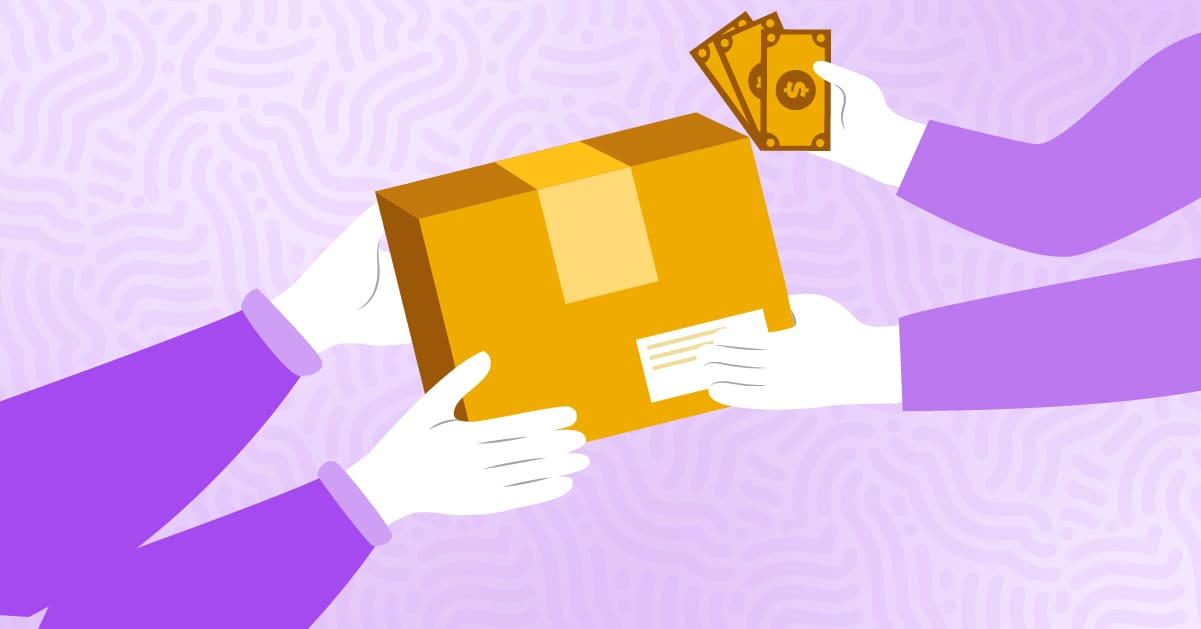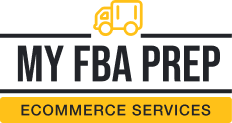
Reducing eCommerce Returns Through Efficient 3PL Processes

Let’s face it: returns are part of the eCommerce game. And while they’re expected, they can also be expensive. From shipping fees to added operational workload, returns quickly add up. For brands, every return is a moment that can impact customer satisfaction, retention, and overall business health.
That’s why eCommerce returns management has become a key focus for brands looking to stay competitive. A solid reverse logistics strategy through a third-party logistics (3PL) provider can help improve product quality, streamline operations, and create a smoother experience for both businesses and customers.
So, let’s explore the most common reasons behind returns and the proven strategies for managing them. We’ll explain how a 3PL partner can help streamline operations and create a resilient and customer-friendly returns process.
How do Returns Affect eCommerce Businesses?
eCommerce returns may seem like a standard part of online retail, but their true impact runs much deeper. Here’s how returns affect eCommerce businesses:
Financial costs
Returns carry significant direct expenses, such as reverse shipping and restocking fees as well as lost revenue from refunded orders. In some cases, returned products can’t be resold at full value, especially if the packaging is damaged or items are seasonal.
Operational strain
Returns don’t just cost money; they create logistical friction. Labor hours spent processing, inspecting, and reclassifying returned items take time away from other valuable tasks. Inventory accuracy is also affected, as returned items re-enter stock incorrectly, affecting order accuracy and restocking forecasts.
Customer trust and brand perception issues
A return doesn’t always mean a lost customer, but poor handling of that return often does. Delays in refunds or repeated product issues slowly erode customer trust. Over time, these experiences damage your brand’s reputation and drive shoppers to competitors with a hassle-free post-purchase experience.
Common Reasons for Product Returns + How to Prevent Them
Understanding why customers return products is the first step toward reducing them. Returns don’t happen because people want to send them back. It’s because something failed in their experience. Here are the usual causes and how to address them:
Incorrect product information or images
Nothing is more frustrating for a customer than receiving a product that doesn’t match the listing provided. Whether the color doesn’t match, or they received a wrong size, inaccurate product content leads to unnecessary returns.
What you can do about it:
- Use high-quality images shot from multiple angles
- Include 360-degree views or videos for clarity
- Write detailed and accurate descriptions including dimensions, materials, and usage instructions
- Avoid generic manufacturer text and customize for clarity and alignment with your brand
Quality and fulfillment issues
If a customer receives a defective, expired, or incorrect item, they’re almost guaranteed to return it and not purchase from your brand again. These issues are often caused by poor manufacturing or weak fulfillment processes.
What you can do about it:
- Conduct vendor audits to ensure consistency and quality
- Implement quality control checklists for every stage of fulfillment
- Partner with 3PLs that offer pre-shipment inspection and meticulous quality assurance
Poor packaging or damaged goods
Broken items upon arrival immediately trigger returns and damage your reputation. Flimsy packaging, improper cushioning, or shipping the wrong type of item together can all lead to product damage in transit.
What you can do about it:
- Use sturdy and product-appropriate packaging
- Add bubble wrap or thermal insulation where necessary
- Work with 3PL providers that offer custom packaging solutions
Sizing and fit inconsistencies
Sizing returns are one of the biggest challenges for clothing brands in particular. A medium-sized item for one brand may be a large-sized product for another. Without clear guidance, customers might end up guessing and ordering clothes that don’t fit them.
What you can do about it:
- Offer detailed size charts and fit guides
- Include model specs and photos to show the true fit of the item
- Allow filters or sorting by body type and size
- Highlight customer reviews that mention sizing in their reviews
Buyer’s remorse or change of mind
Sometimes, a return isn’t about the product—it’s about hesitation or uncertainty at the point of purchase. While this can’t be eliminated entirely, reducing friction and offering the right support can help.
What you can do about it:
- Provide FAQs and product comparison tools
- Offer live chat functionality to guide purchase decisions
- Consider personalized product recommendations to increase buyer confidence
5 Strategies to Reduce Your Return Rates
Minimizing returns doesn’t mean stopping them completely. It means reducing the ones that can be avoided and making the rest easier and less expensive to handle. Below are five effective strategies to help you control your return rates and improve customer satisfaction:
Use customer reviews and return data for insights
Your best clues to why customers are returning items are already in your system. Patterns in return reasons and customer reviews can reveal recurring problems, whether it’s sizing confusion, unclear product expectations, or packaging failures.
Actionable tip: Look into your return reason codes and use insights to update product descriptions accordingly.
Set clear and customer-friendly policies
Ambiguity or strict return windows often frustrate customers and reduce purchase confidence. Transparent, flexible return policies help customers feel secure—and can reduce return volume by decreasing over-purchasing or bracketing.
Actionable tip: Display return policy summaries on product pages.
Leverage post-purchase communications
Many preventable returns happen after delivery due to user error or confusion. A well timed email, video, or message can help customers understand how to use the product or confirm that they made the right choice.
Actionable tip: Include links to customer support or live chat for troubleshooting.
Strengthen QA processes
Returns caused by defects or incorrect fulfillment reflect breakdowns in internal processes. Whether you ship in-house or through a partner, stricter quality assurance procedures eliminate these avoidable issues before the product reaches the customer.
Actionable tip: Regularly audit fulfillment centers and suppliers for accuracy and performance.
Partner with a 3PL for custom fulfilment and returns
Managing returns efficiently requires scale, flexibility, and process maturity—something an experienced 3PL reverse logistics provider can offer. A strong logistics partner can optimize packing, minimize damages, and ensure faster, smoother returns.
Actionable tip: Choose a 3PL which offers tailored kitting, inspection, repackaging, and return management
The Role of 3PLs in Reverse Logistics
Efficiently managing returns requires more than just handling incoming packages. When done right, it can minimize losses and preserve customer trust. This is where 3PL providers shine. They transform returns from a cost center into an opportunity for operational optimization and value recovery.
Streamlined return handling
3PLs receive returns from various channels—DTC, marketplace send-backs, undeliverables—and centralize them in dedicated facilities. They sort and inspect returns based on client-defined SOPs, automating what’s often a fragmented process for sellers.
Inspection, restocking, refurbishment and disposal workflows
3PLs support multiple return dispositions to product condition and business strategy:
- Return to stock: for pristine items that can still be sold
- Refurbishment: cosmetic or component repairs to create “certified refurbished” stock
- Disposal: responsibly decommissioning damaged or expired goods, with materials recovery where possible
- Return to seller: for clients who want to handle certain returns themselves
Why MyFBAPrep Is Ideal for 3PL Reverse Logistics
- Scalable network: Over 100 warehouses across multiple continents ensure returned items are processed close to customers, reducing transit costs and delays.
- End-to-end handling: From inspection and sortation to restocking, refurbishment, and disposal, all in a single partner.
- White-glove service: High-touch account management and tech-enabled operations ensure transparency and responsiveness.
Future-Proof Your Reverse Logistics Strategy with MyFBAPrep
Reducing product returns isn’t just about saving on shipping or restocking. It’s about protecting your profit margins, enhancing customer satisfaction, and building long-term loyalty. Clearer product listings, stronger QA, and post-purchase engagement with the help of a skilled 3PL partner can turn reverse logistics into a competitive advantage.
Ready to take control of your eCommerce returns management? Contact us today and let’s explore how we can optimize your reverse logistics and support your growth at scale.
